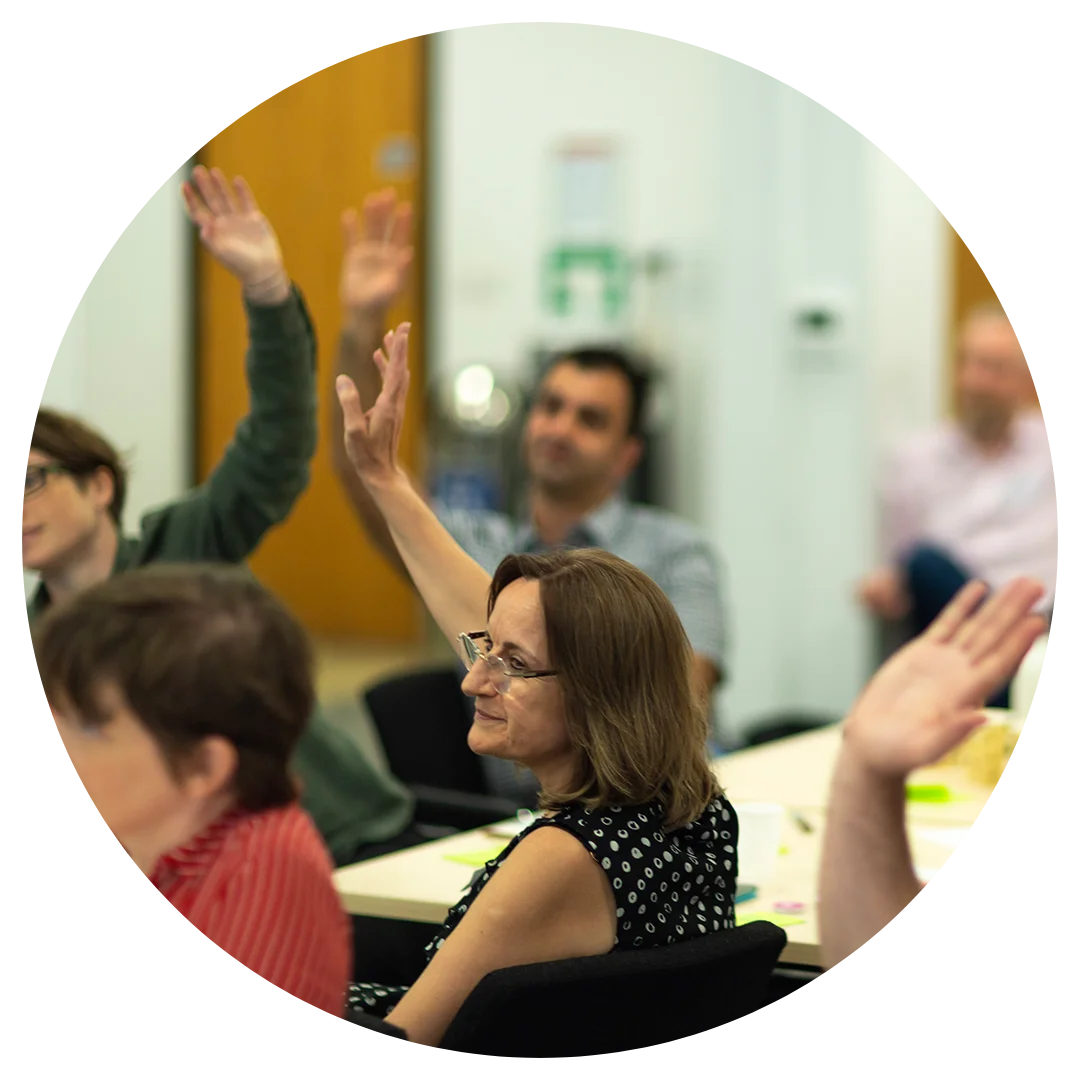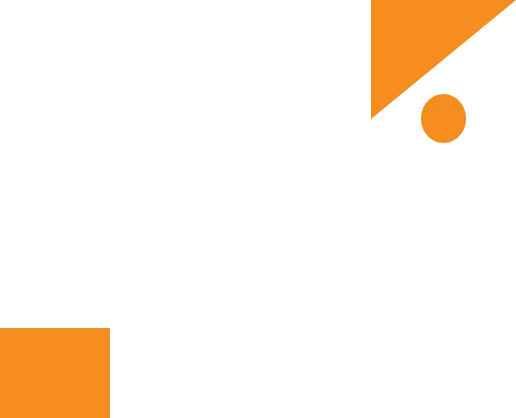Can data help me solve this problem?
The question in the title of this blog is one we get asked all the time at LOTI.
That’s because one of our key functions is helping London local government make better use of data. Over the past four years, we’ve been working to make it easier to join up, analyse and act upon data at a London scale to tackle big social challenges. We provide support on Information Governance, Data Ethics, the technology for data sharing, as well as project management and design capacity.
Of course, before we can run a data project, the first step is to determine whether or not data can play a useful role in addressing a given challenge. Data is amazingly useful, but it’s no silver bullet. We therefore need a litmus test for whether data is a relevant part of the solution.
In this article, I’ll explain the litmus test that LOTI uses and how you can use it for your own projects.
LOTI’s Outcomes-Driven Approach to Data Projects
That litmus test is made up of just three simple steps, which make up the first half of LOTI’s six-step Outcomes-Driven Methodology for Data Projects, shown below.

All six steps are needed to fully design a data project. For now, let’s explore just the first three to show how they can help you quickly identify whether or not data can help.
1 – What do you want to be different?
We recommend starting every project by defining your desired outcome. Setting a clear outcome provides a guiding star for your project, creates a motivational goal that can inspire others to act and helps you avoid jumping to well-meaning but under-informed solutions.
To create your desired outcome statement(s), ask yourself: “What do we want to be different in the world?” Or alternatively, “Which specific people do we want to be better off in which specific ways because we acted?”
If you find it easier to think about problems rather than outcomes (and most people do), it can help to draw some ‘before’ and ‘after’ pictures, using the template below. On the left, draw a specific person or set of people who are currently struggling to do something. On the right, draw what it is those people will be able to do in the future. The image on the right is an outcome.

2 – Who could do something differently if they had better information?
The second step is the most vital. In my experience, it’s also the one people try to skip. After more than a decade of designing, supporting or running data projects, I urge you not to. Believe me, I’ve learned the hard way!
In this step ask: “WHO could do WHAT differently if they had access to better information?” Data is powerful only to the extent it leads to better decisions or actions. Otherwise, your dashboard is just a pretty set of glowing pixels, changing nothing.
So really think hard: Who is it that could do something differently or better once they have more information? It could be the council’s CEO, a service manager, a front-line staff member, a partner organisation, or even a resident.
By contrast, if you literally cannot think of anyone who could do anything differently or better, no matter how much extra information they had, you don’t need a data project. This is not an admission of failure. Rather you can now redirect your attention to understanding and addressing the real reasons the problem exists: perhaps a lack of funding, resources or some political constraints.
The reason I emphasise this step is that it’s very common for data teams to be tasked by a senior manager with the request: “Let’s get all the data together and see what it tells us”. I have seen (or been part of) teams that have spent weeks or months chasing down datasets only to look at the resulting dashboard and realise it doesn’t change anything. More importantly, if your project requires sharing data with other teams or organisations, or using any form of personal or sensitive data, it’s almost impossible to complete the information governance aspects of the project unless you can clearly articulate what you will use the data for.
I repeat: never skip this step!
3 – What would someone need to see on a screen?
Once you’ve identified a particular person or set of people who could do something differently with better information, the third stage of the data litmus test is to ask: “What would that person / those people need to see on a screen to enable them to perform that action?” This is what we call the actionable insight.
Is it a map? A heatmap? A list? A graph? A dashboard? Or perhaps an alert that goes off when something happens out there in the world?
If you do this in a workshop, we recommend asking participants to draw it on a mock-up of a tablet screen.
In the template below, we bring all these three steps together. With the actionable insight drawn on the left, we can form a statement in the following format: “With this insight [your image from step 3], these people [insert people identified in step 2] can [insert action or decision from step 2] so that [insert the outcome from step 1].

If you have a clear and compelling statement, congratulations! You’ve determined that data can be part of the solution in tackling your specific problem.
Not only do these three steps help determine whether or not you need a data project, but once you’ve drawn the insight you need in step 3, you can have a specific and targeted conversation about what datasets you need to create it, saving weeks or months of time.
So there you have it, LOTI’s three-step litmus test for whether or not data can help. We hope you find it useful!
Eddie Copeland



